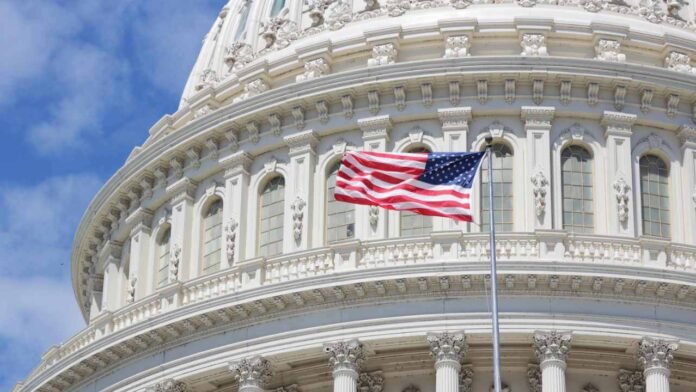The U.S. Senate passed the Guiding and Establishing National Innovation for U.S. Stablecoins (GENIUS) Act today (June 12, 2025), with a bipartisan vote of 68-30.
This marks a significant step toward regulating stablecoins, which are cryptocurrencies pegged to assets like the U.S. dollar.
The bill establishes a federal framework for stablecoin issuers, requiring them to maintain one-to-one reserves with liquid assets like U.S. dollars or Treasuries, implement anti-money laundering measures, conduct regular audits, and comply with federal or state licensing. It also includes consumer protections, such as prioritizing coin holders for repayment in case of issuer bankruptcy, and bars yield-bearing stablecoins to reduce risk.
Proponents, including Senate Majority Leader John Thune and Senator Bill Hagerty, argue the Act fosters innovation, strengthens the U.S. dollar’s global dominance, and could drive demand for U.S. Treasuries, with estimates suggesting $1.6 trillion in T-bill purchases over four years. They see it as a step toward making the U.S. the “crypto capital of the world.”
Critics, led by Senator Elizabeth Warren, argue the bill lacks robust safeguards and could exacerbate financial risks and corruption. Warren highlighted concerns about President Trump’s ties to World Liberty Financial’s USD1 stablecoin, suggesting the Act could enable conflicts of interest by allowing the president and vice president to issue stablecoins while exempting them from certain restrictions. She warned of potential systemic risks, comparing the bill to the Commodity Futures Modernization Act that contributed to the 2008 financial crisis.
The bill now heads to the House, where it may face challenges due to a competing bill, the STABLE Act, and over 120 proposed amendments, some unrelated to stablecoins, such as credit card fee caps. If passed, the GENIUS Act could significantly expand the $230 billion stablecoin market, potentially to $2 trillion by 2028, and accelerate blockchain adoption.
The House vote and potential reconciliation with the STABLE Act will determine its final path to becoming law.




